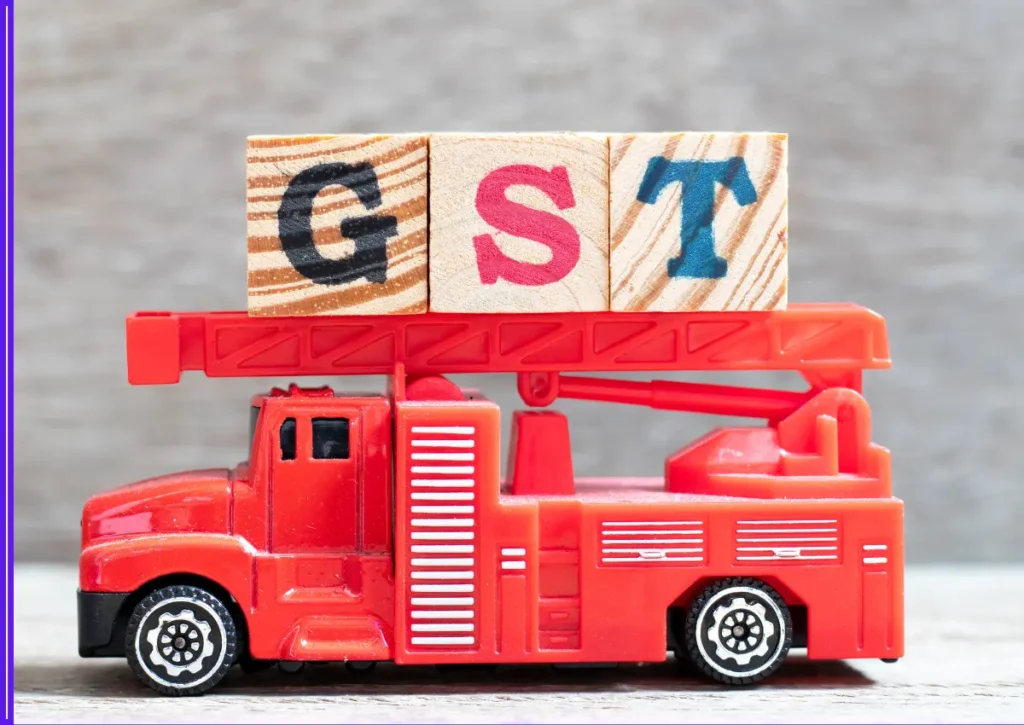When the Goods and Services Tax (GST) was first introduced in India in July 2017, it was celebrated as the country’s biggest tax reform since independence. It aimed to simplify the complex web of state and central levies into one unified structure, making “One Nation, One Tax” a reality. Over the years, however, the GST system has grown into a patchwork of rates, exemptions, and complexities that often confuse small traders and frustrate large industries.
Now, as India steps into the festive season of 2025, the government is preparing for another historic shift. Sources suggest that new GST rates are likely to be implemented by September 22, 2025, in time for Navratri and ahead of Diwali. The proposed reform is being called GST 2.0, and if all goes as planned, it could change the way Indians pay taxes on everything from food to cars to insurance premiums.
This story explores what the changes might mean, why the timing matters, and how they could affect ordinary citizens, businesses, and state governments.
The Promise of a Diwali Gift
Every year, the festive season in India drives massive consumer spending. Families save for months to buy gold, household appliances, cars, clothing, and gifts. For businesses, this is the most important sales window of the year.
The central government is keenly aware of this consumer sentiment. That is why the Prime Minister described the upcoming reforms as a “Diwali gift” for citizens. The timing of the new GST rollout is no coincidence—it is designed to encourage shoppers to open their wallets without hesitation, knowing that lower tax rates are around the corner.
By promising relief on essential goods and services, the government hopes to not only ease household budgets but also stimulate overall demand in the economy.
What Will Change in the GST System?
Moving from Four Slabs to Two
Currently, GST is divided into multiple slabs: 5%, 12%, 18%, and 28%. Critics have long argued that this system is unnecessarily complicated. The proposed new structure is far simpler:
- 5% GST will apply to essential goods and services.
- 18% GST will cover most standard goods and services.
- 40% GST will be reserved for luxury and “sin goods” such as tobacco and high-end cars.
This dramatic reduction of slabs is expected to reduce confusion, prevent disputes over classification, and create a more uniform system for traders and consumers alike.
Relief for Labour-Intensive Industries
Some industries—like textiles, handicrafts, and agriculture-related products—employ millions of workers, often in rural and semi-urban areas. To support these sectors, the government is considering ultra-low GST rates such as 0.1%, 0.3%, or 0.5%. Even a small reduction in costs could make these industries more competitive both within India and abroad.
Lower Taxes on Insurance and Healthcare
One of the biggest announcements likely to come with GST 2.0 is relief on insurance premiums. Currently, life and health insurance attract 18% GST, making them expensive for middle-class families. The new rates could bring this down significantly—or even exempt them—encouraging more people to buy insurance policies.
In a country where out-of-pocket medical expenses are high, such a change could make healthcare more accessible and help families plan better for emergencies.
A Boost for the Automobile Industry
The automobile industry has been lobbying for years to reduce the tax burden on small cars. At present, cars often fall under the highest slab of 28%, with additional cess. This makes ownership costly for ordinary families. Under the new system, small cars could fall under the 18% slab, reducing prices and potentially reviving demand in a sector that has seen sluggish growth in recent years.
Why September 22 Is a Critical Date
The rollout of GST 2.0 is not just about policy—it is also about timing. The 56th GST Council meeting will take place in early September, where the proposals will be debated by the Centre and the states. If an agreement is reached quickly, notifications will be issued within days. That puts the rollout date squarely around September 22, 2025.
This date is strategically chosen. It comes just before the festival season begins, ensuring that traders, manufacturers, and retailers have clarity on pricing before consumers begin their big-ticket shopping. For the government, it is also a chance to showcase reforms in action and signal its commitment to easing the cost of living.

The Economic Strategy Behind GST 2.0
Boosting Consumption
India’s economy relies heavily on domestic consumption. Any slowdown in household spending directly impacts GDP growth. By cutting GST rates on key goods and services, the government is betting on a surge in demand. Lower taxes mean lower prices, which could encourage families to buy more, especially during the festive season.
Simplifying Compliance
For small and medium enterprises (SMEs), navigating multiple GST slabs has been a nightmare. Disputes over whether an item falls under 12% or 18% are common, leading to unnecessary litigation. A two-slab structure promises to make compliance easier, reduce paperwork, and free up resources for growth rather than legal battles.
Political Considerations
The move also has a political dimension. With state elections in key regions around the corner and the Centre keen on maintaining its reformist image, rolling out a citizen-friendly GST just before the festival season could create a wave of goodwill.
The Challenges Ahead: Revenue Concerns
While consumers and businesses welcome the idea of lower GST rates, state governments are worried about the financial impact.
Experts estimate that the new structure could cause a revenue loss of around ₹40,000 crore. States like Karnataka have already expressed concern, warning that they could lose as much as ₹15,000 crore in collections. They are demanding compensation from the Centre to cover the shortfall.
The Centre, however, believes that increased consumption will offset much of the revenue loss over time. Higher sales volumes, more tax compliance, and a wider consumer base could balance the books in the long run.
How Consumers Stand to Benefit
Everyday Purchases
For ordinary families, GST 2.0 could mean real savings on essentials such as food items, household goods, and basic services.
Affordable Insurance
Lower GST on insurance premiums could make health and life coverage affordable for millions of households. This could increase financial security for families who currently find insurance out of reach.
Cars and Appliances
Shoppers planning to buy cars, refrigerators, or washing machines during the festive season could save thousands of rupees. This will not only benefit consumers but also help revive demand in manufacturing sectors.
What Traders and Businesses Expect
Traders have already started delaying big shipments and sales, anticipating the rate cuts. Many believe that once GST 2.0 is announced, consumers will flock to stores. Industries like automobiles, FMCG, and electronics are especially keen to see quick implementation.
Small traders are optimistic that a simpler system will reduce their compliance costs. For them, clarity on rates is more important than ever, as confusion often leads to penalties or losses.
A Historical Perspective
The introduction of GST in 2017 was one of the most ambitious reforms in independent India. However, its complexity created friction. Over the years, multiple committees have recommended simplifying the structure, but concerns over revenue kept major changes on hold.
Now, eight years later, the government seems ready to take the bold step. If successful, GST 2.0 could be remembered as the second great leap in India’s tax history, aligning the country’s system more closely with global practices.
FAQs on the Upcoming GST Reform
What is the new GST structure likely to be?
The government is proposing two main slabs: 5% for essentials and 18% for most goods and services, with a 40% slab for luxury and sin goods.
When will the new GST rates be implemented?
If approved by the GST Council in early September, the new rates are expected to take effect around September 22, 2025.
Which sectors will benefit the most?
Consumers of everyday goods, the automobile industry (especially small cars), and the insurance sector are likely to see the biggest benefits.
Will state governments lose revenue?
Yes, there is a possibility of revenue loss, estimated at around ₹40,000 crore. States are seeking compensation from the Centre to cover this.
Why is the government introducing changes before the festival season?
The festive season drives consumer spending in India. By lowering GST rates before this period, the government hopes to stimulate demand and boost economic growth.
Conclusion: A Reform That Could Redefine India’s Economy
The upcoming GST reform is more than just a technical change in tax rates. It is a signal that the government is listening to traders, industries, and consumers who have long demanded a simpler, fairer system.
By targeting a rollout on September 22, 2025, the Centre is betting big on India’s festive spirit to turn this policy shift into a consumption boom. While challenges remain—especially in balancing state revenues—the move could redefine how taxes are perceived and paid in India.
If GST 2.0 delivers on its promises, it may well be remembered not only as a festive-season reform but as a milestone in India’s journey toward economic modernisation.









